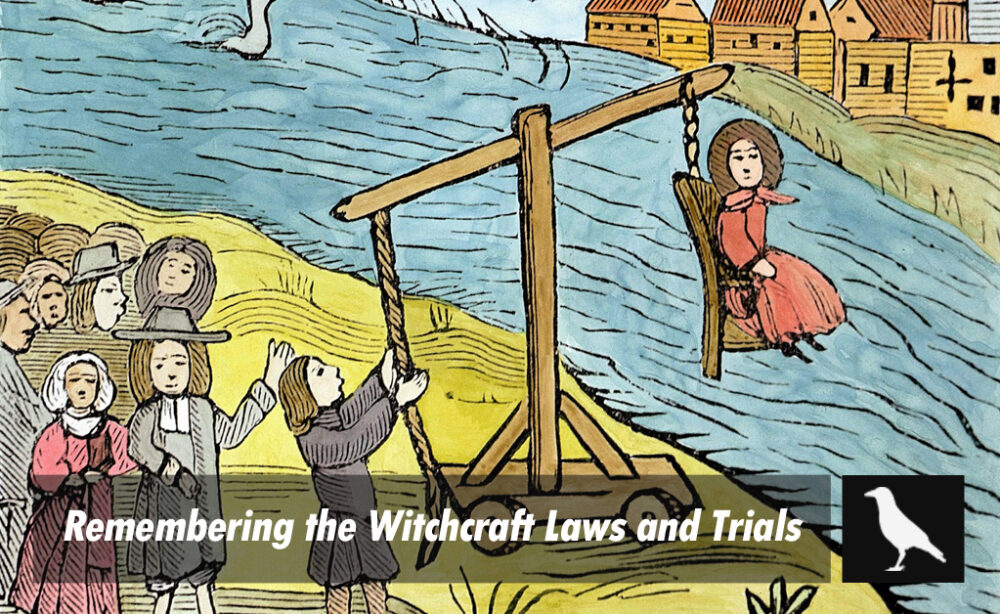January 13th is significant in history as the day when the last remaining laws on witchcraft in Austria were abolished. What began as a minor disregard for witchcraft, regarded as “delusional ideas” under the 1532 Carolina code, eventually evolved into the freedom to practice it without the threat of punishment.
Let’s take a moment to revisit the English Witchcraft Laws. There were times when the magick and spell casting you engaged in could lead to serious consequences, even death, if the circumstances were unfavorable. In 15th century Europe, the supernatural was thought to coexist alongside the natural world. This belief carried over to colonial North America in the 17th century, where common folk would employ charms to promote agricultural growth. As Christianity spread and introduced the idea of the “devil,” witchcraft came to be seen as a means for the devil to entice individuals into sin. This pervasive fear laid the groundwork for the Salem Witch trials.
The Salem Witch trials took place in Massachusetts, which was then a British colony, where alleged practitioners of witchcraft faced execution. Understanding the context of Massachusetts during this period is crucial. In 1692, the colony was still under British control, inhabited by Purists—an anxious group in search of a better life. These Purists adhered to a strict Christian code, viewing witchcraft as heresy.
Pentacle of the Witch from The Moonlight Shop
The trials in Salem were fundamentally unjust proceedings directed against those accused of witchcraft, often based on being considered “strange” or “different.” The trials relied heavily on the testimony of six influential girls who, through hysteria and claimed “spectral sight,” effectively pointed out supposed witches. This scenario continued from February 1692 to May 1693 until those girls lost their credibility by accusing respected community members. Overall, 19 individuals were executed, 1 crushed to death, 50 confessed and faced imprisonment, and 17 died while incarcerated. These trials represent a grim chapter in history and serve as a cautionary tale of the risks associated with religious extremism, baseless accusations, and the absence of due process.
In 1702, an important apology for the trials was articulated in an Inquiry into Witchcraft by Reverend John Hale. By the 1980s, witchcraft gained recognition as an official religion, initially highlighted in a landmark Virginia court case, Dettmer versus Landon, subsequently supported by Federal courts. Practitioners of witchcraft have since been granted the same Constitutional protections enjoyed by followers of other faiths.
Witchcraft has progressed significantly since 1692, yet more advancements are necessary. Be informed about your rights as a practitioner of witchcraft. Familiarize yourself with your legal rights as a U.S. citizen, whether you are a parent or a service member.
Pentacle of Ancestors from The Moonlight Shop








Its terrible and sad because most of them weren’t witches they were just different even though this hasn’t happened in a hundred years ppl still are persecuted for being different